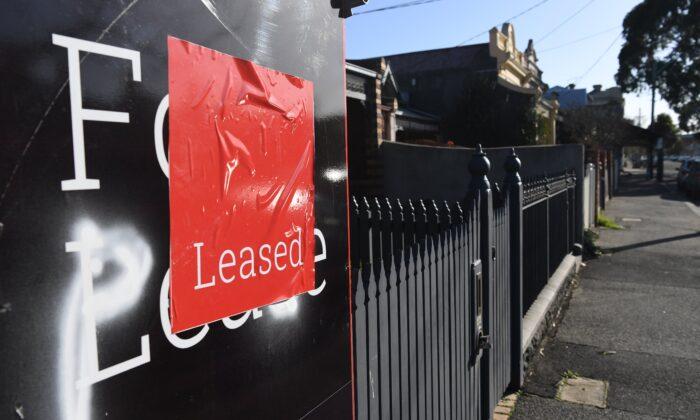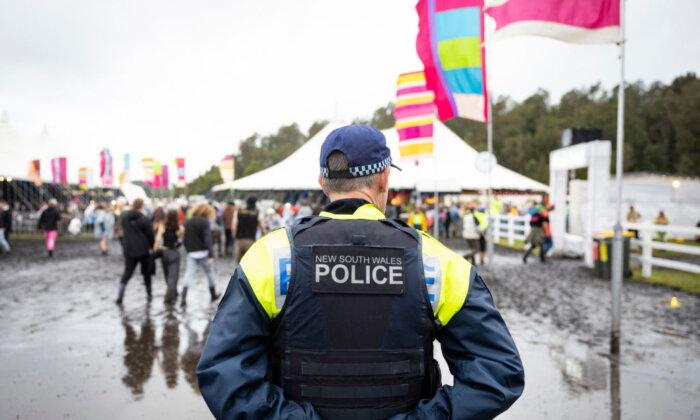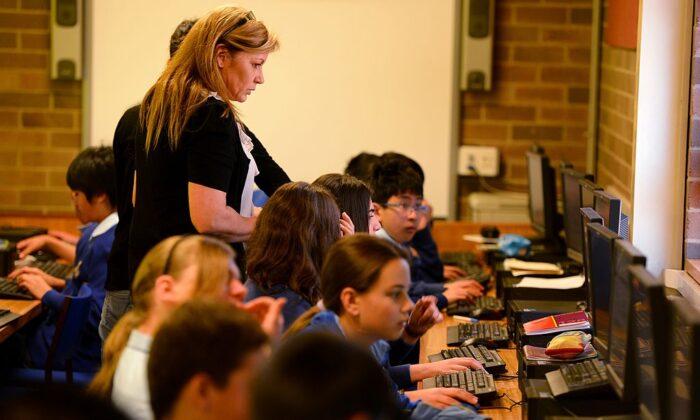Renter’s advocates have called for governments to change rental laws after a citizen-science study found living in unhealthy low temperatures in many homes.
The study found about seven out of ten renters in Australia lived with a median temperature below 18°C, the minimum indoor temperature guideline according to the World Health Organsiation (WHO).
According to the study, subpar temperatures led to higher blood pressure, cardiovascular disease, respiratory disease, or poor mental health.
As a result, Better Renters noted, “People feel trapped in their inadequate homes, unable to change their situation. Record low vacancy rates mean renters can’t look around for a better home and have minimal leverage to get landlords to comply with tenancy laws.”
The group called for a change in rental laws to include better minimum energy efficiency standards, the removal of no-cause evictions, and to limit rent increases.
The Australian Capital Territory (ACT) and Victorian governments have passed minimum energy efficiency standards, with the ACT introducing new standards and Victoria adding to existing standards to mandate insulation, draught sealing, and energy-efficient appliances, according to Energy Consumers Australia in 2022.
Renters and Landlords in Crisis
House prices in Australia have risen due to a confluence of factors that have led to rising asset prices despite interest rate increases.Further, demand has been fuelled by high immigration rates, a decrease in the average number of residents per home, material shortages, the post-COVID-19 pandemic, a tradesman shortage, and widespread building industry bankruptcies.

Supply for renters has also decreased as landlords withdraw from the market due to rising interest rates.
Various state governments have also introduced tenant rights legislation, shifting the balance of the leasing relationship towards tenants.
Better Renters has called for the government to shift enforcement from tenants to regulators.
Meanwhile, Real Estate Institute of Australia Deputy President Leanne Pilkington said property owners would improve issues, including heating and cooling, and urged tenants to collect information and approach their property manager with an improvement plan.
“It is a great reminder for any tenants looking for cooling upgrades to get ready for what we expect to be a hot summer, to get in touch with your property manager now and get the conversation started,” Ms. Pilkington said.
Still, New South Wales renter Sebastian said all his requests to the owner and real estate agent have yet to be answered, and “only the tribunal and [NSW Civil and Administrative Tribunal] will lead to any change.”
The rental crisis continues to worsen compared to 1985, and a dire shortage of rental properties could be exacerbated by an immigration target of 190,000 annually. It could rise further as the international student market reboots post-pandemic.
Public Housing Sector in Dire Straits
Public sector housing is also struggling to meet demands, with 418,000 homes housing only 4.2 percent of the population and a waiting list of 163,000.Better Homes called for governments to further increase the supply of rental housing from 1 percent to at least 5 percent; however, the Australian Landlords Association (ALA) said renter preferences are also part of the current crisis, “with property managers reporting a noticeable reduction in the number of occupants per rental contributing to an increased demand in the number of rental properties.”
Better Renters said data and personal stories provided evidence that renters are caught in a “cycle of disempowerment that affects every aspect of their lives” and “the step now is for governments” to make essential living conditions a reality.







